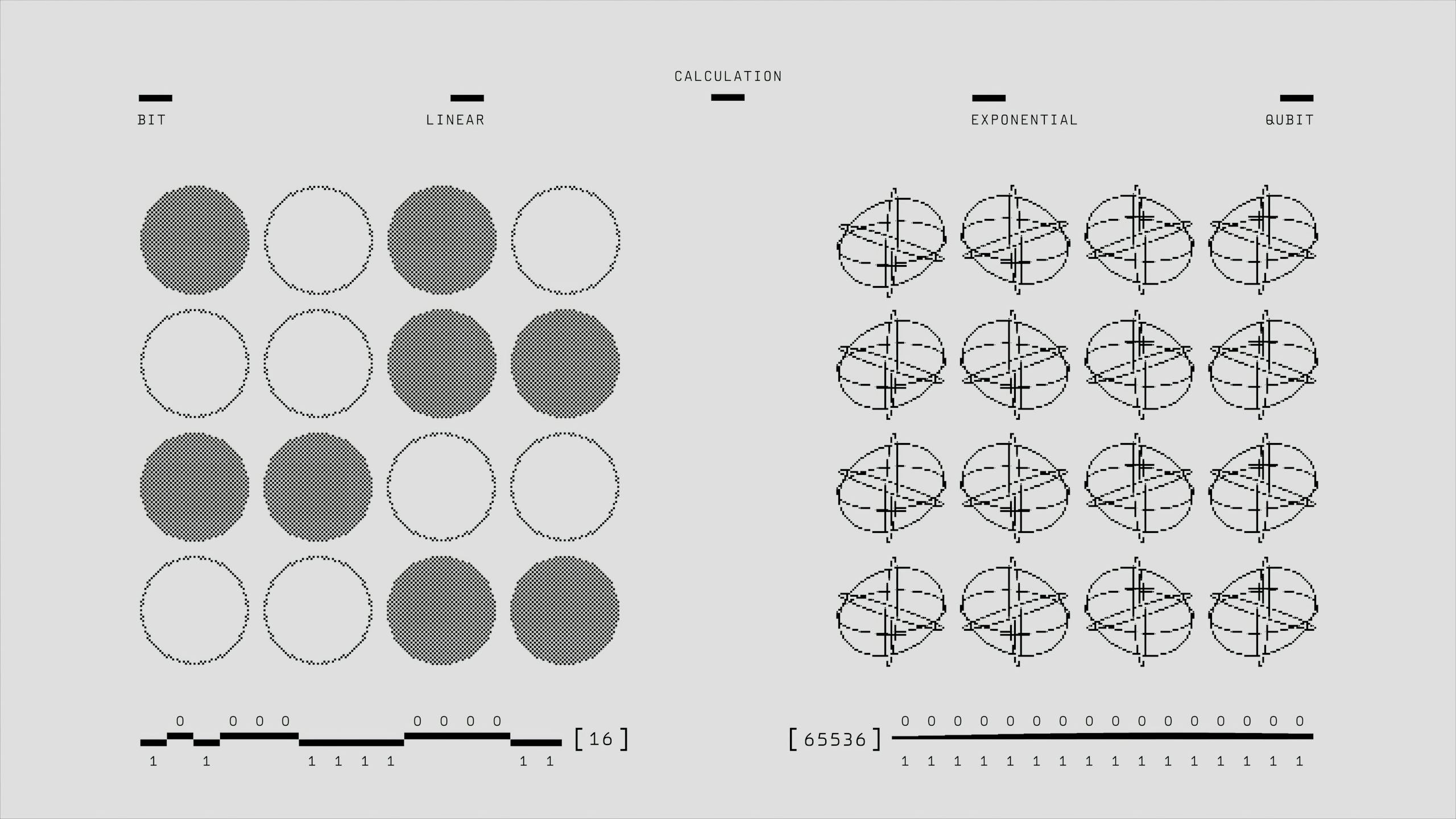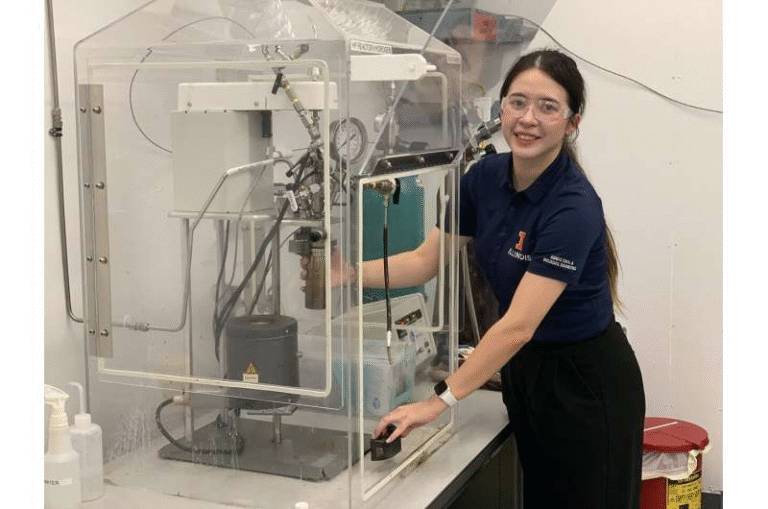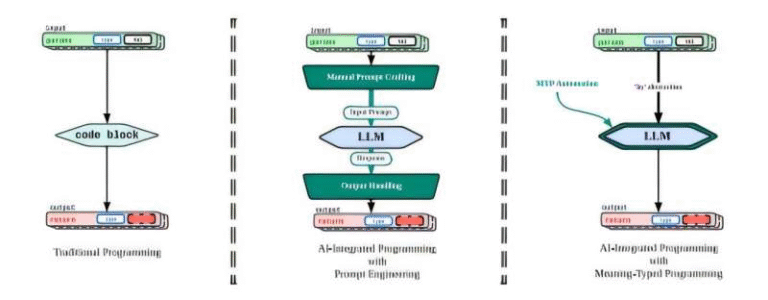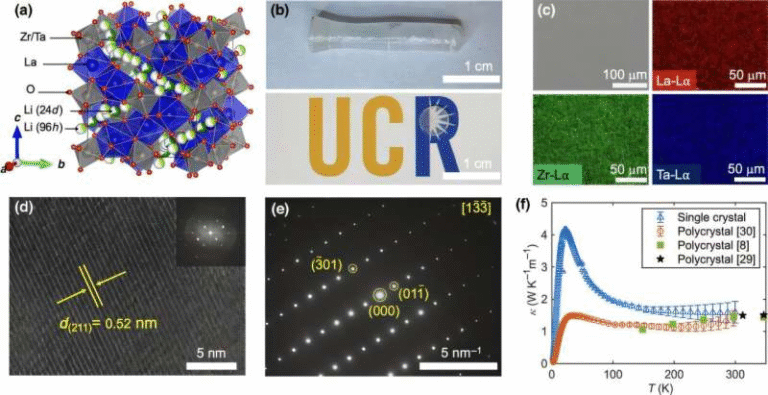Scientists Build a Quantum Computer That Snaps Together Like LEGOs

When you think of quantum computing, chances are your mind jumps to something mysterious, futuristic, and maybe even a little intimidating. But what if I told you that the next big leap in this field has something in common with a box of LEGO bricks?
That’s exactly what researchers at the University of Illinois Urbana-Champaign have done—they’ve created a modular quantum computer that can be snapped together like building blocks, making it both flexible and powerful.
The Problem with Giant Quantum Machines
Traditional quantum computers are often built as a single, massive system. While that sounds impressive, it comes with serious challenges. These machines rely on millions of qubits (the quantum version of bits), but cramming so many qubits into one rigid setup isn’t easy. Every connection, every interaction has to be precise, and one mistake can ripple across the system.
The solution? Don’t build one giant machine. Instead, build smaller modules that work really well on their own, and then connect them together. It’s the same logic behind snapping together LEGO pieces to make something bigger—except here, the stakes are a lot higher than toy castles.

c,d. Top: Time evolution of the excited-state population P
e
P_ePe of qubits 1 (red) and 2 (blue) under pumping at Ωi/2π = 5 MHz. Bottom: Linecuts at zero detuning. Solid lines represent a model incorporating Ωi and the intrinsic decoherence rates of the qubits and bus mode.
e. Excited-state population obtained from fits to sideband oscillations of qubit 1 with Ω1/2π = 10 MHz. The red-shaded region marks the theoretical limit set by the undriven decoherence rates.
f. Measurement of the single-photon decay of the bus mode. An exponential fit yields a lifetime of τ = 6.2 μs.
Credit: The Grainger College of Engineering at the University of Illinois Urbana-Champaign
The Modular Breakthrough
The team at Illinois’ Grainger College of Engineering has introduced a high-performance modular design for superconducting quantum processors. Their results, published in Nature Electronics, show that modularity isn’t just a neat trick—it could be the path to scalable, fault-tolerant, and reconfigurable quantum computing.
Unlike monolithic designs, which struggle with size and reliability, modular systems let researchers:
- Scale up easily by adding more modules.
- Upgrade hardware without rebuilding the entire machine.
- Reconfigure systems when something doesn’t work as planned.
And the numbers speak for themselves. Their modular setup achieved about 99% fidelity, meaning there’s less than a 1% error rate when qubits communicate. In the world of quantum computing, that’s a pretty huge deal.
Connecting the Pieces
So how did they do it? Instead of welding everything into one inflexible block, the researchers used superconducting coaxial cables to link qubits between separate devices. This approach lets them maintain high quality while keeping the system detachable and reconfigurable. Think of it as creating high-speed “quantum highways” between neighborhoods of qubits.
This ability to swap and reconnect modules without losing performance is what makes the system so appealing. It’s like being able to build a LEGO set, test a section, and then snap it apart and rebuild without worrying that everything will fall apart permanently.
Why It Matters
The ultimate goal of quantum computing is to build machines that can solve problems too complex for even the fastest supercomputers today—things like simulating molecules for drug discovery, optimizing massive logistics systems, or breaking codes that stump traditional computers. But to get there, quantum computers need to be scalable and reliable.
That’s what makes this work exciting. By showing that modules can connect with such high fidelity, the Illinois team has provided a blueprint for the future. Instead of trying to build one flawless, gigantic machine, scientists can focus on building perfect little modules—and then snap them together.
What’s Next?
The researchers aren’t stopping here. Their next step is to connect more than two devices while keeping that same high performance. They’ll also work on better ways to catch and fix errors before they cause trouble.
The big question now is: can this modular approach keep working as systems grow larger and more complex? If it can, we might be looking at the building blocks of tomorrow’s quantum revolution.
40-Word Summary
Scientists at the University of Illinois Urbana-Champaign developed a modular quantum computer that connects like LEGO bricks. Achieving ~99% fidelity, their design offers scalability, flexibility, and error resilience, paving the way toward practical, reconfigurable quantum systems that could transform future computing.
Source: “A high-efficiency elementary network of interchangeable superconducting qubit devices” by Michael Mollenhauer, Abdullah Irfan, Xi Cao, Supriya Mandal and Wolfgang Pfaff, 27 June 2025, Nature Electronics.
DOI: 10.1038/s41928-025-01404-3





